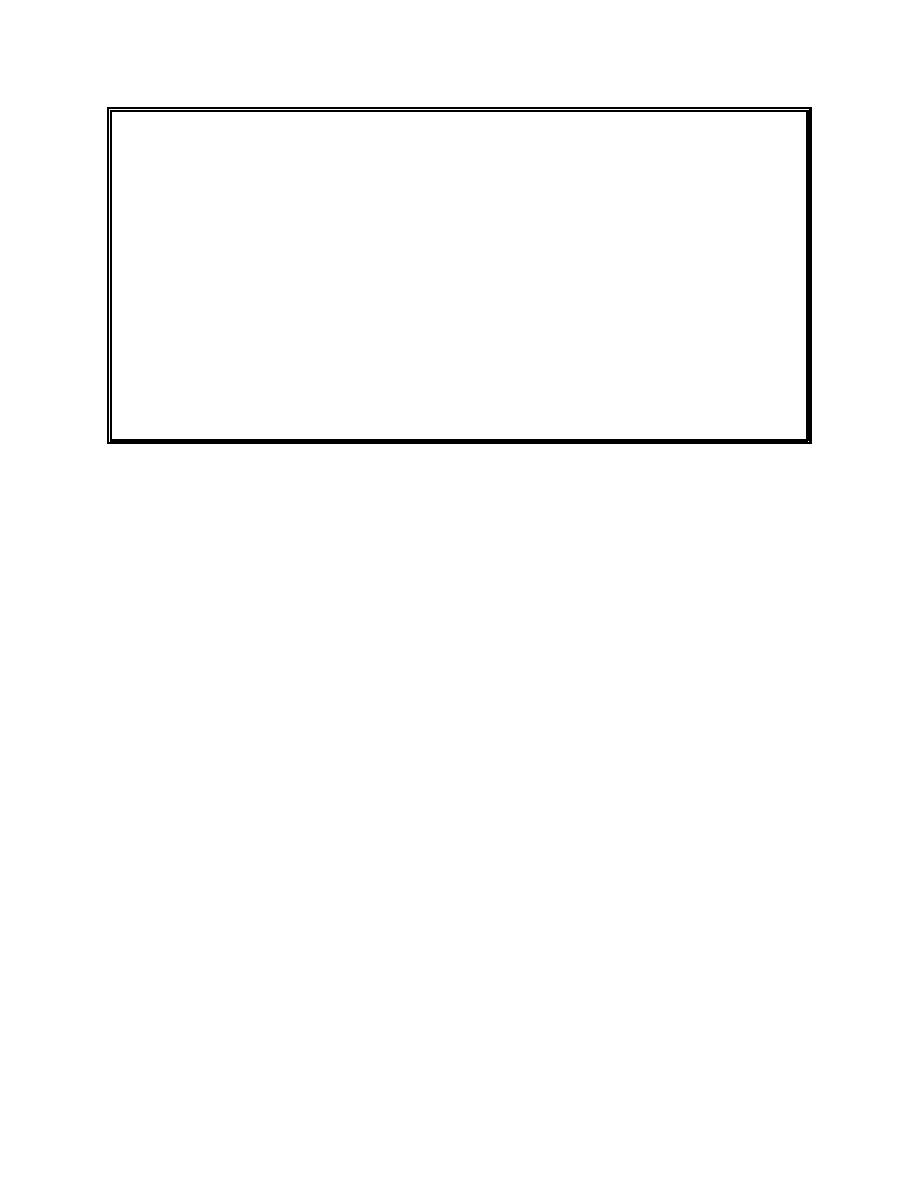 |
||
|
|
||
|
Page Title:
Example 13: Selection of a Toxicity Factor for Exposure of Winter Flounder to Total PCBs |
||
| |||||||||||||||
|
|
 Example 13: Selection of a Toxicity Factor for Exposure of Winter Flounder to Total PCBs
Black et al. (1998) assessed the effects of PCBs on the reproduction of a fish using Fundulus heteroclitus
(marine minnow) as an experimental organism. They measured a Lowest Observed Adverse Effect Level
(LOAEL) at 3.8 ug PCB/g wet weight and an NOAEL of 0.76 ug PCB/g wet weight. The risk assessor
chose a body burden of 0.76 ug PCBs/g wet weight as the toxicity factor. This is an appropriate toxicity
factor because:
a. It addresses toxicity to total PCBs, the COC.
b. It is from a study which includes the measurement of an NOAEL as well as an LOAEL.
Black et al. describe the end points in the study as female mortality and decreased egg production,
therefore, the toxicity factor relates to the assessment end point "Health and Maintenance of the Local
Flounder Population."
Gas Research Institute (GRI) approach for developing toxicity
factors
The Gas Research Institute (GRI 1996) has developed a protocol for selecting or
developing toxicity factors for a COC. It includes the following:
a. Select a value if an appropriate state or Federal agency has proposed it.
b. In the absence of a proposed value and if data are available on NOAELs for
the receptor species or for species that are phylogenetically and ecologically
similar to the selected receptor species (e.g., from the same family of birds
or mammals), select the lowest NOAEL.
c. If NOAELs for phylogenetically similar species are unavailable, the
assessment adjusts NOAEL values for other species (as closely related as
possible) by dividing by a factor of 10 to account for extrapolations
between families or orders. The lowest NOAEL is used whenever several
studies are available. This interfamily extrapolation is similar to EPA's
derivation of human health reference dose (RfD) values, where animal
studies are extrapolated to humans by dividing by a factor of 10.
d. In the absence of appropriate NOAELs, if LOAELs (the lowest concentra-
tion, dose, or body burden available in the literature at which an effect
occurs) are available for phylogenetically similar species, divide these by a
factor of 10 to account for an LOAEL-to-NOAEL conversion. The LOAEL
to NOAEL conversion is similar to EPA derivation of human health RfD
values, where LOAEL studies are adjusted by a factor of 10 to estimate
NOAEL values.
e. For calculating chronic toxicity values from data for subchronic tests (e.g.,
acute data), the resultant LOAEL or NOAEL values are divided by an
65
Chapter 3 Ecological Exposure Assessment
|
|
Privacy Statement - Press Release - Copyright Information. - Contact Us - Support Integrated Publishing |